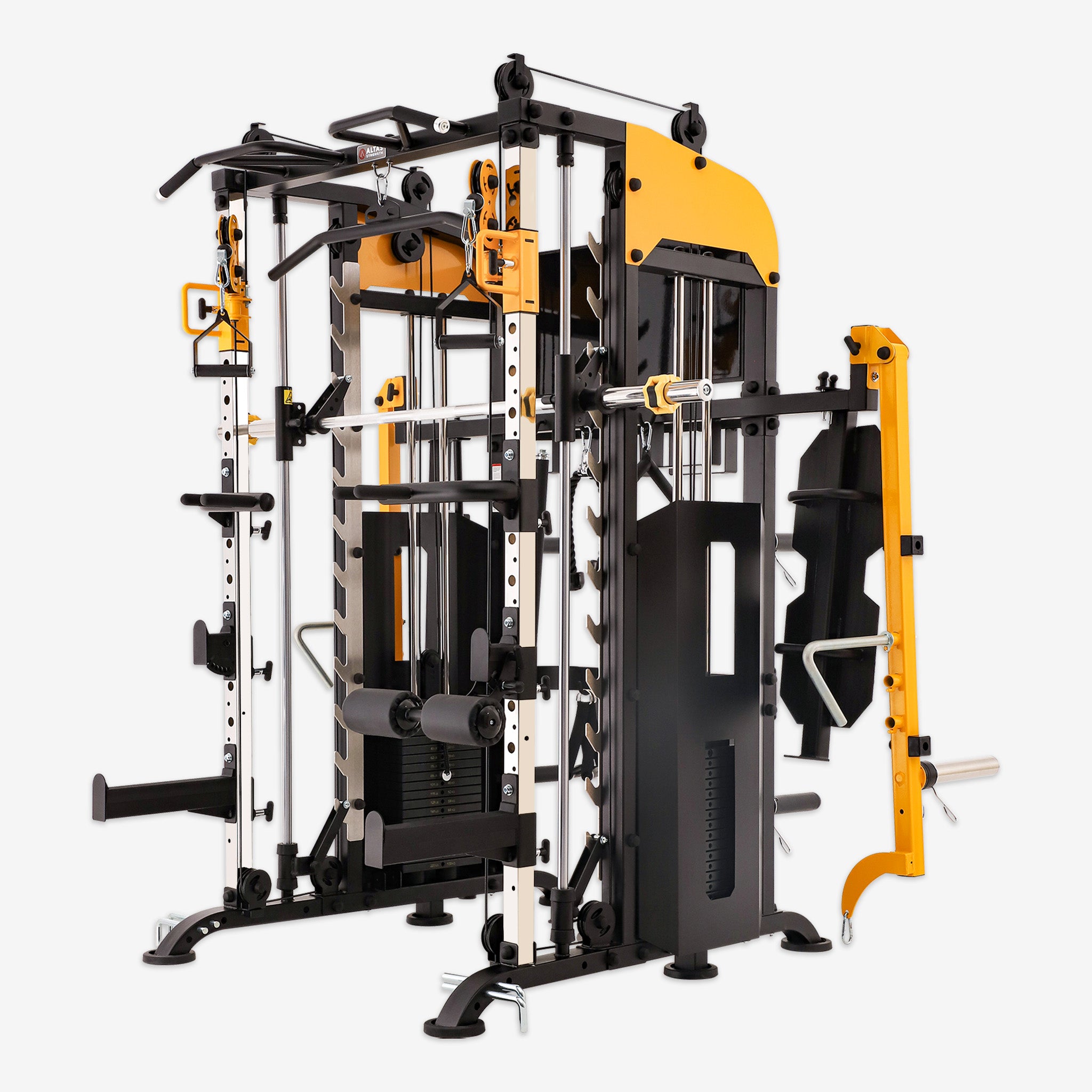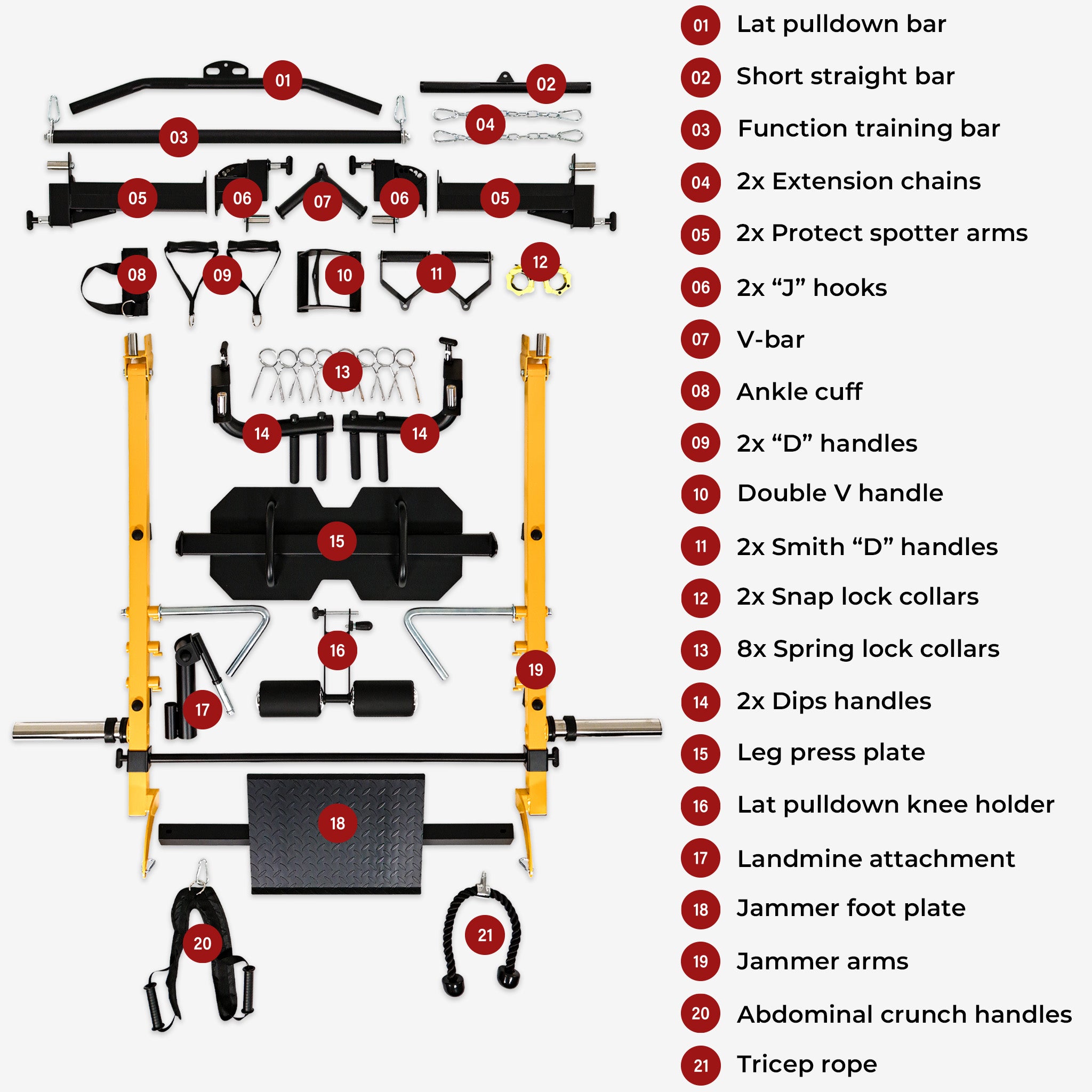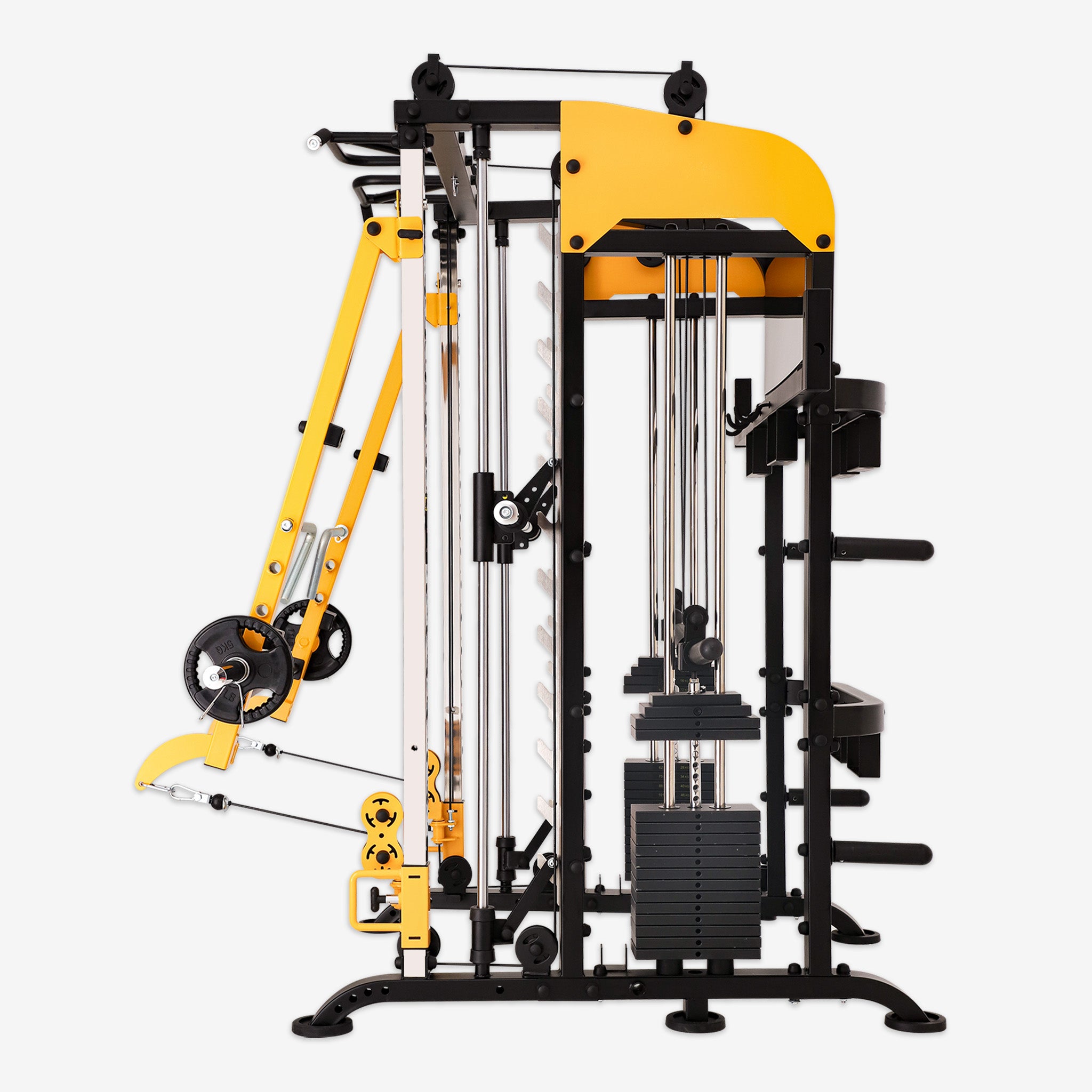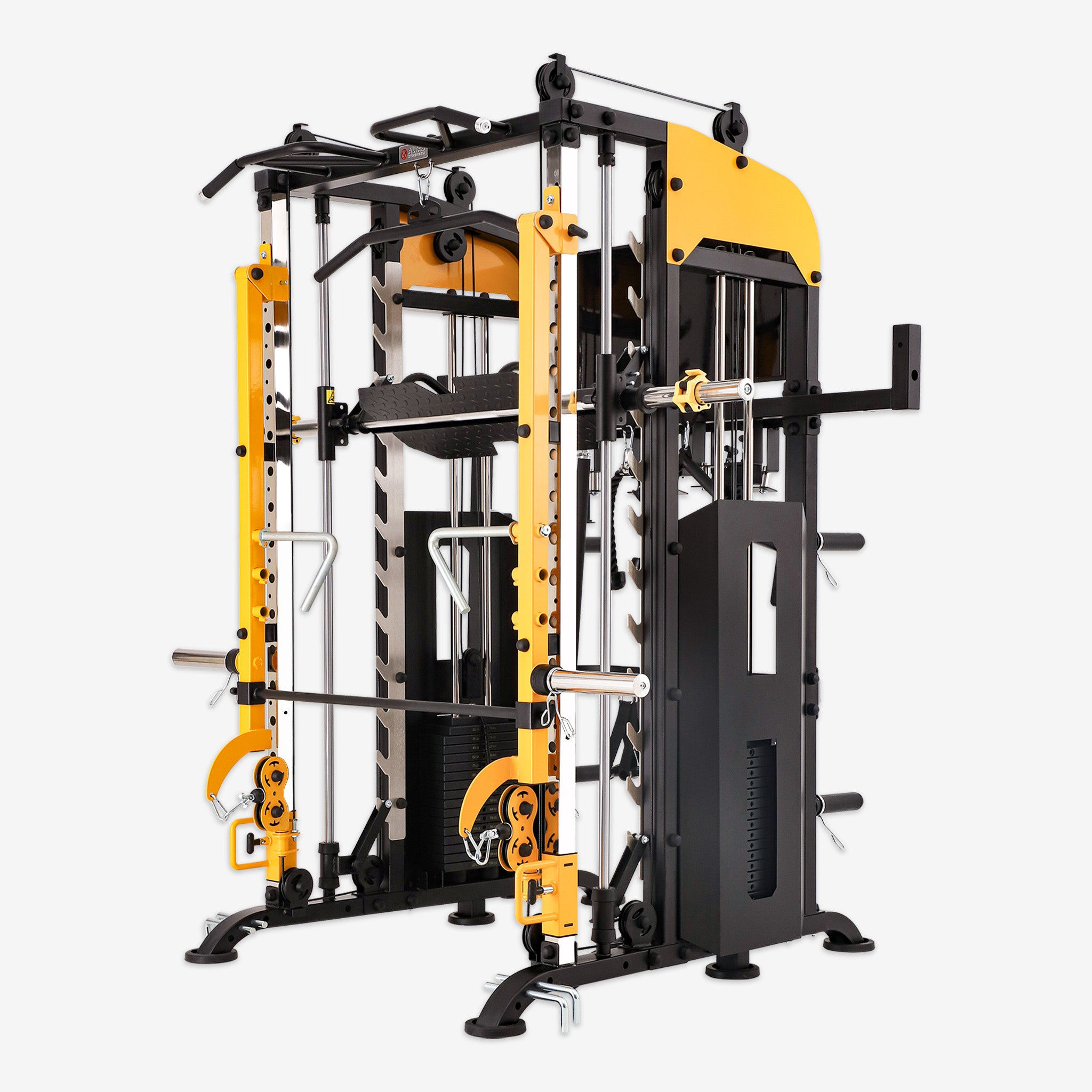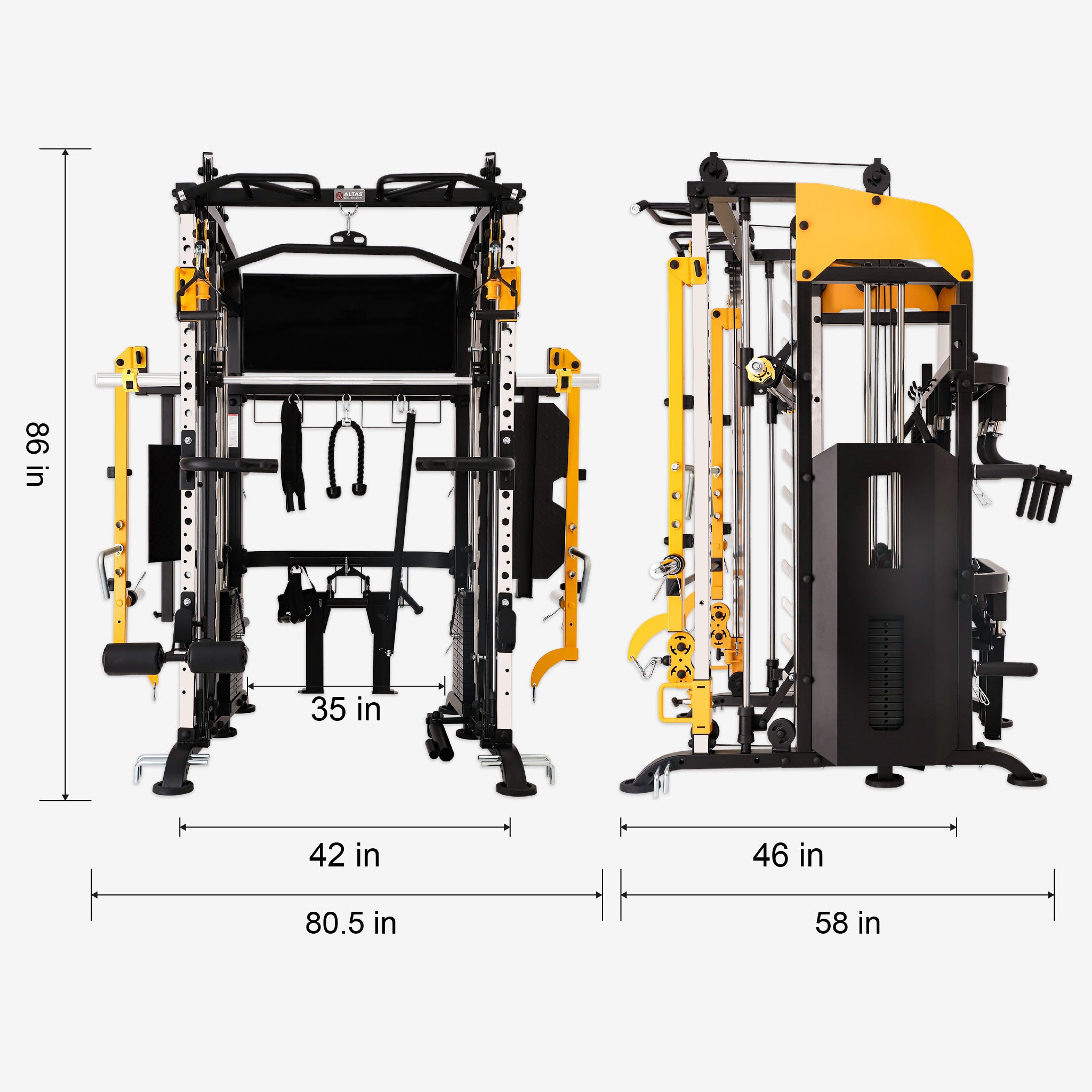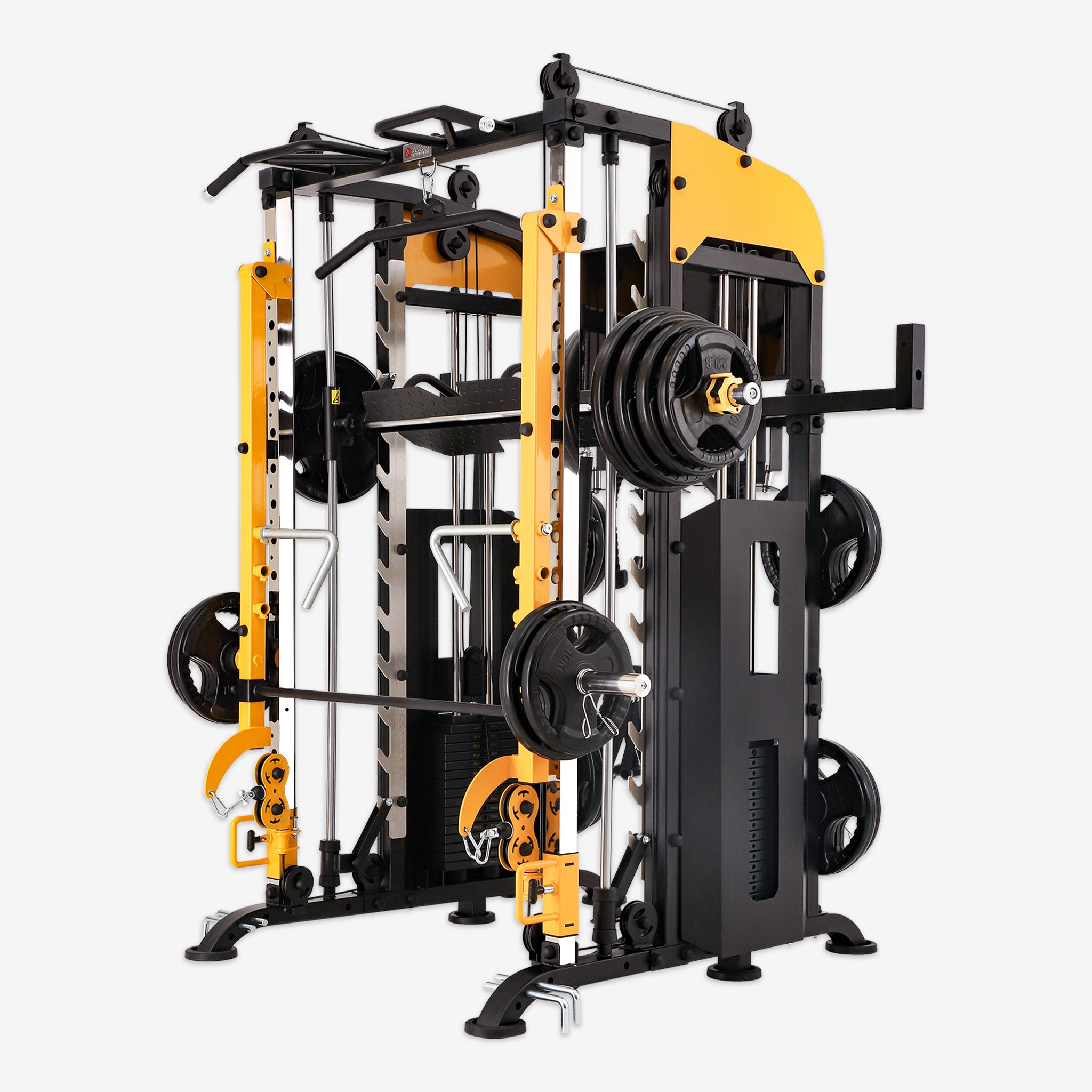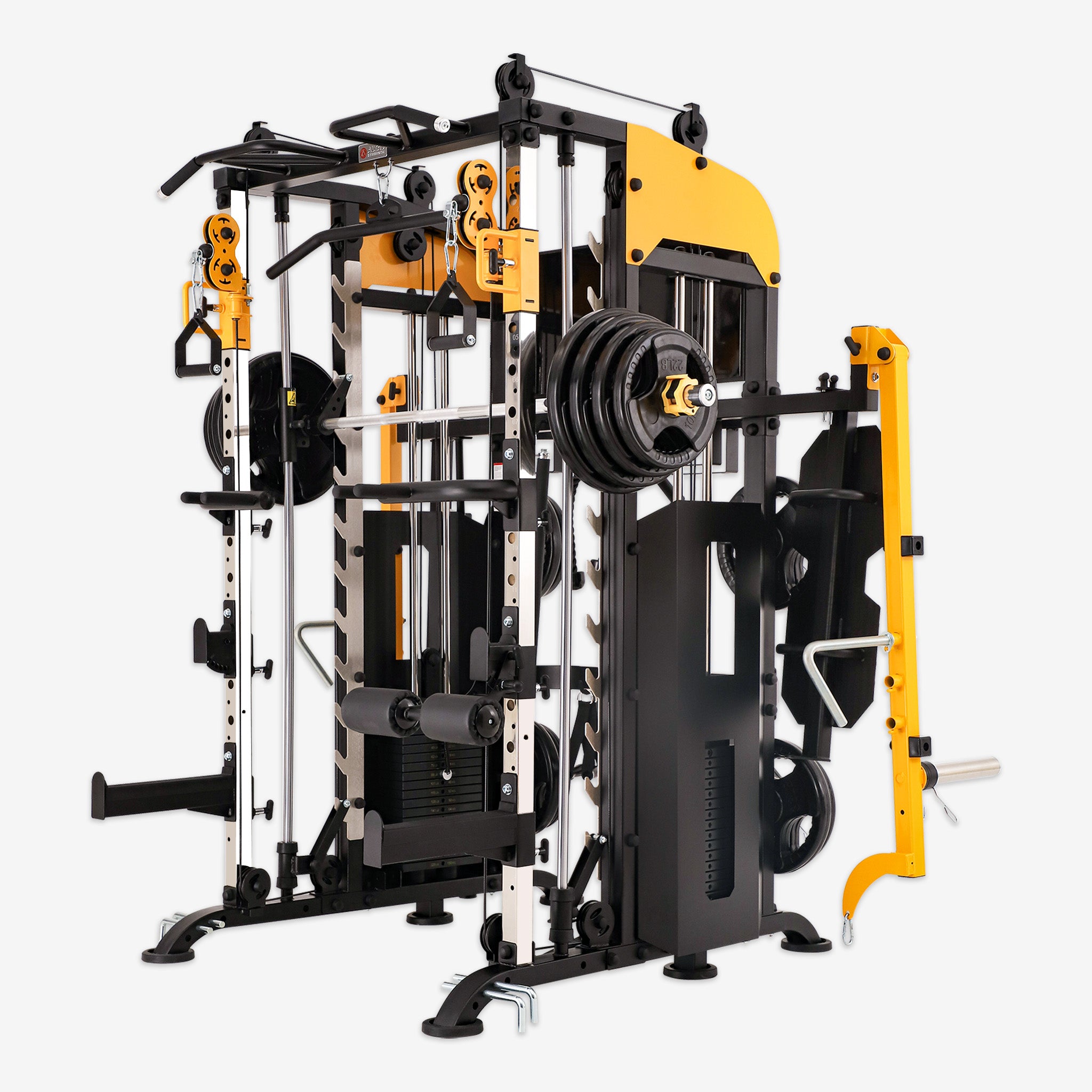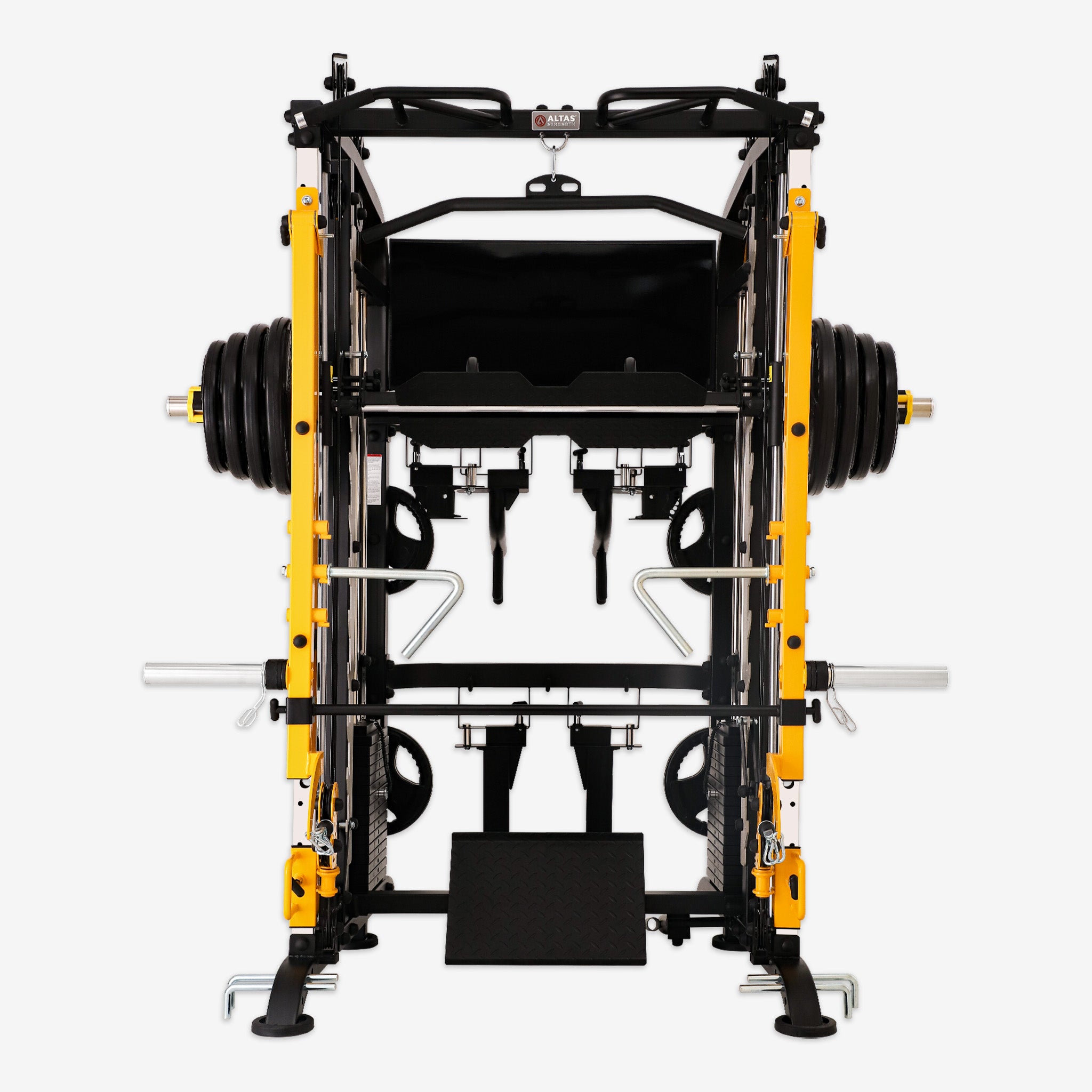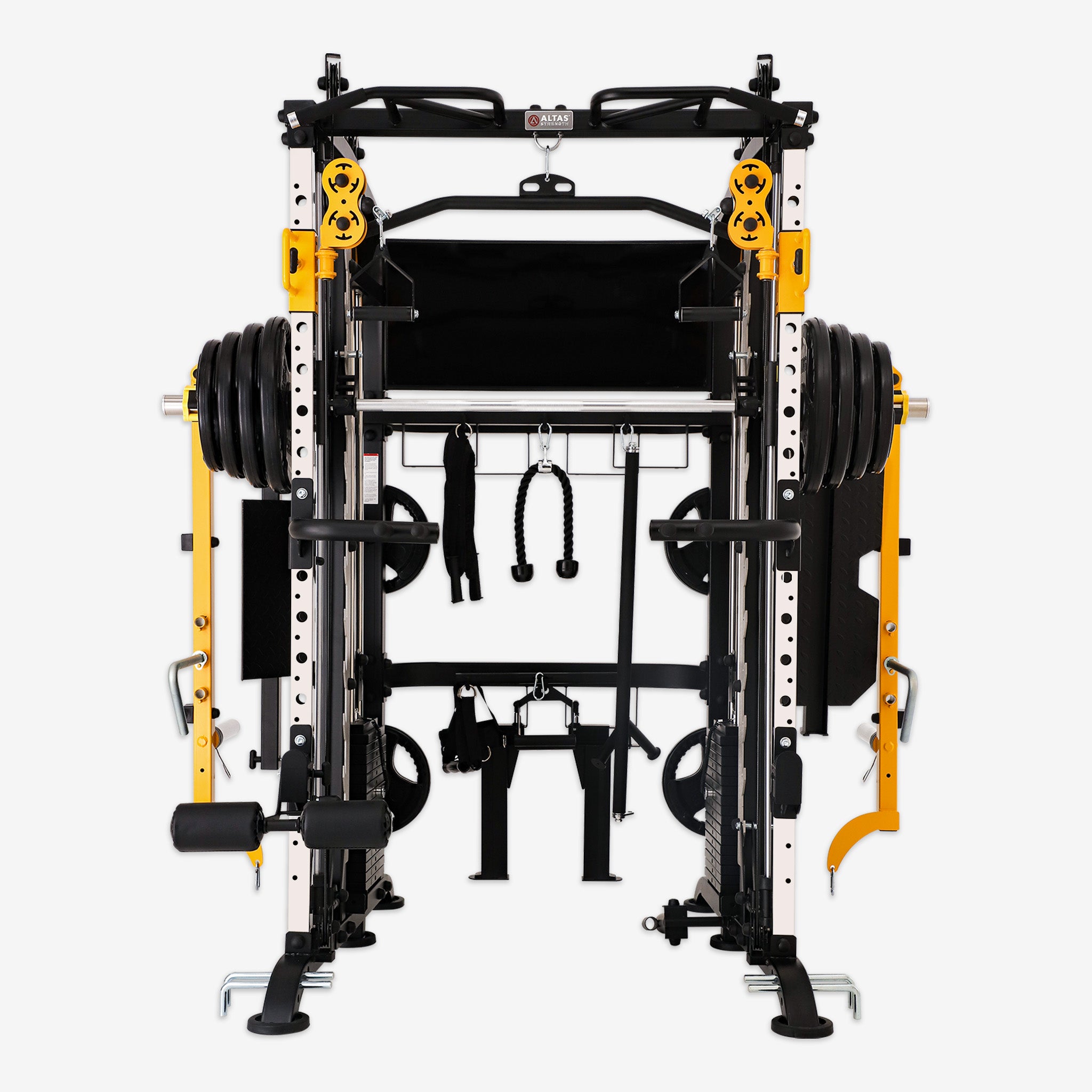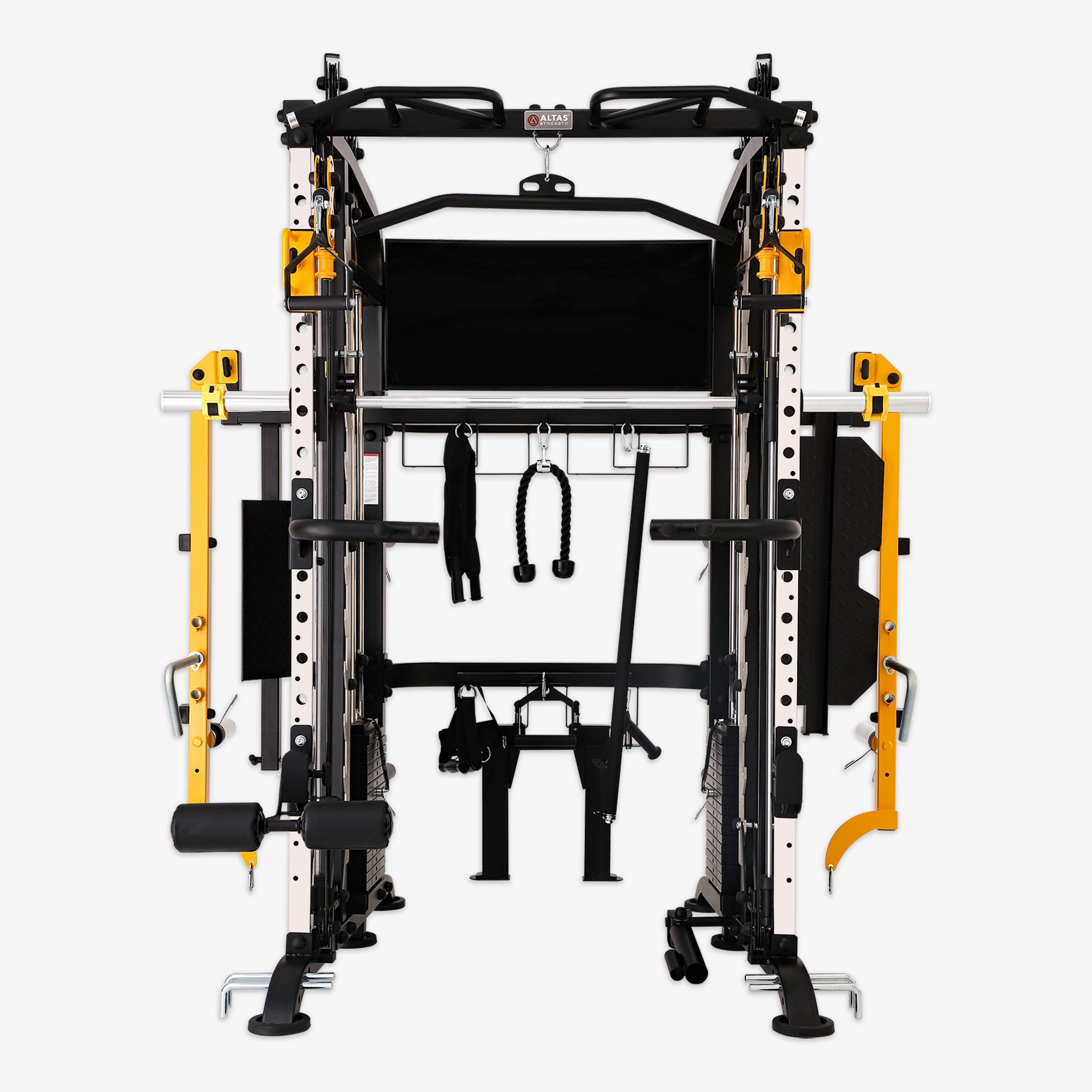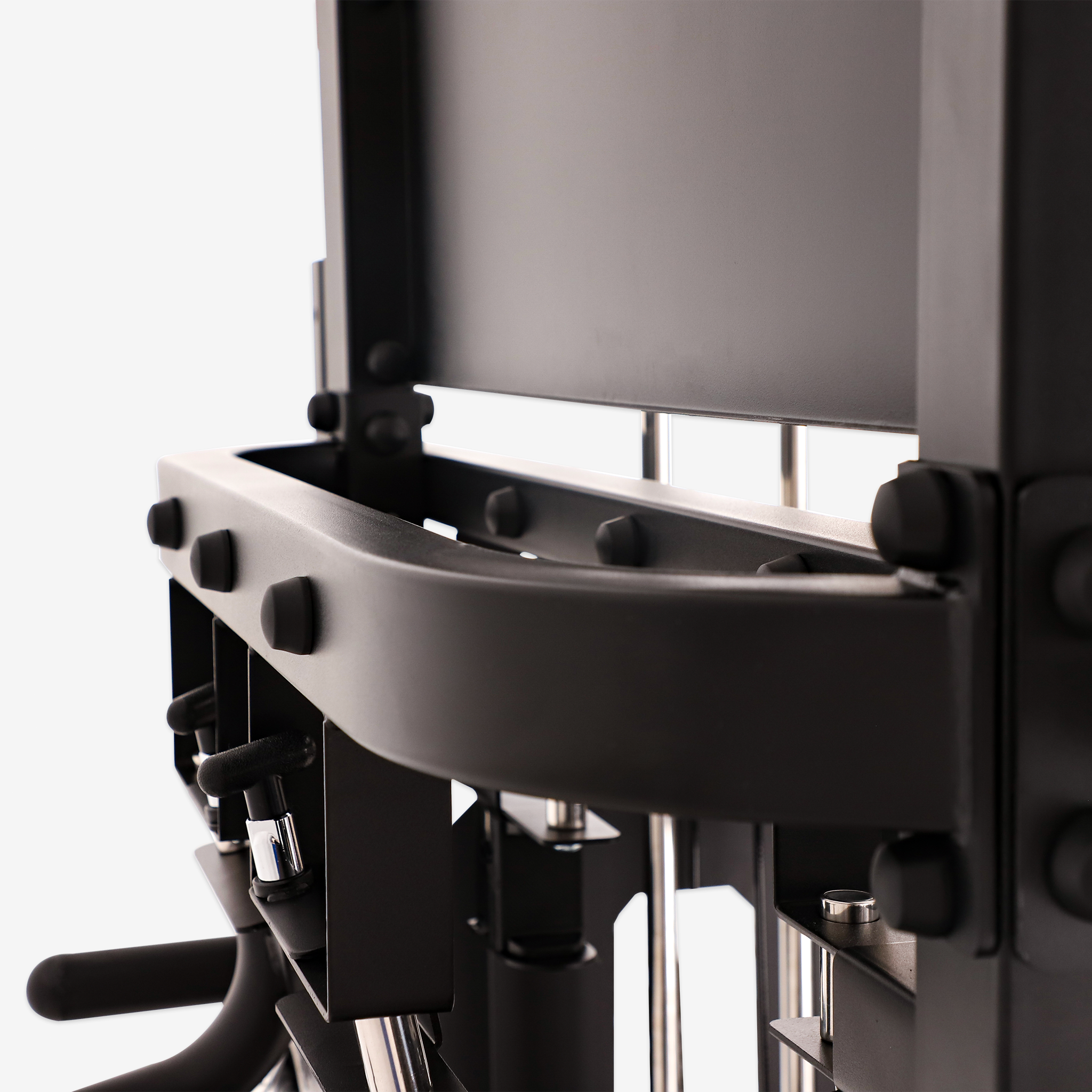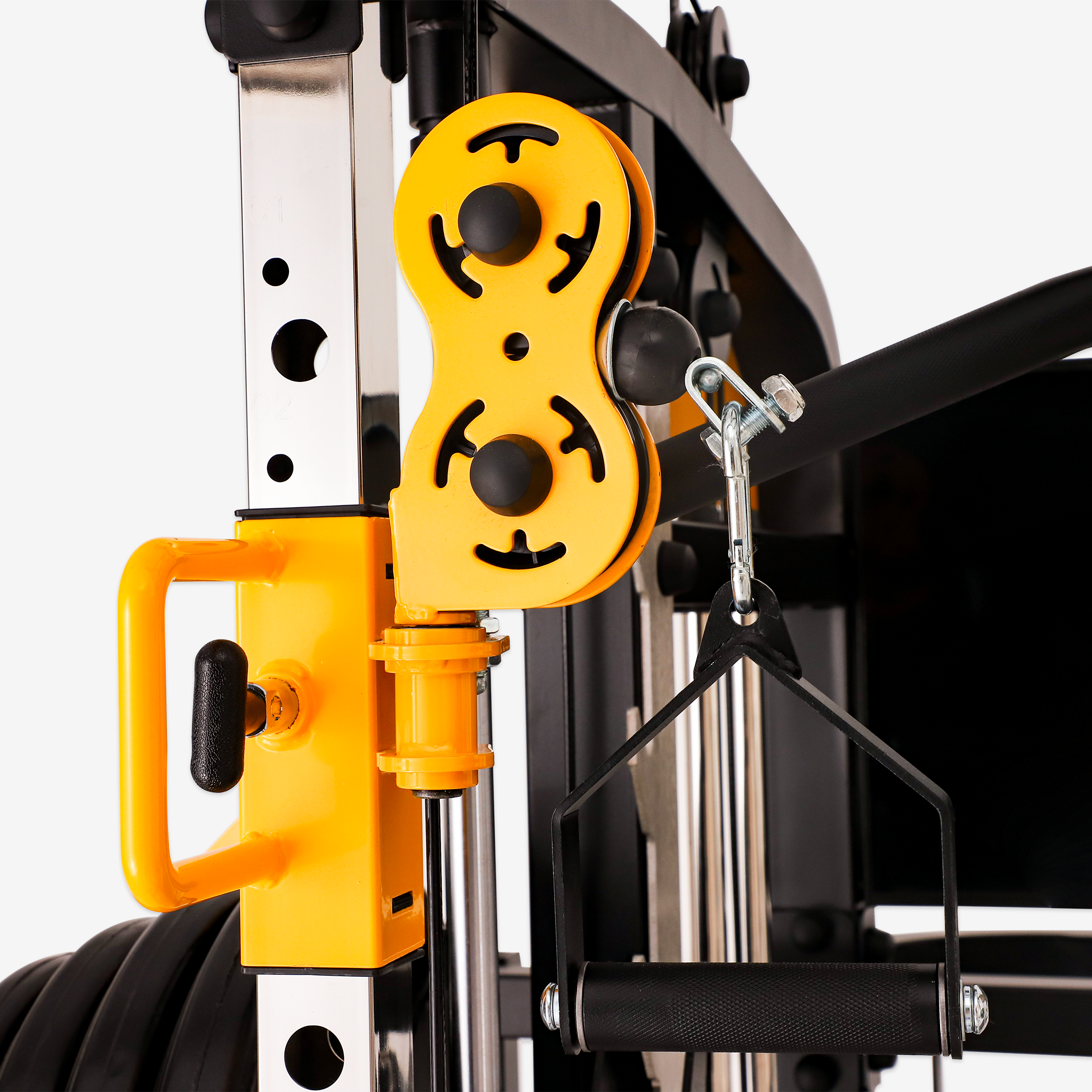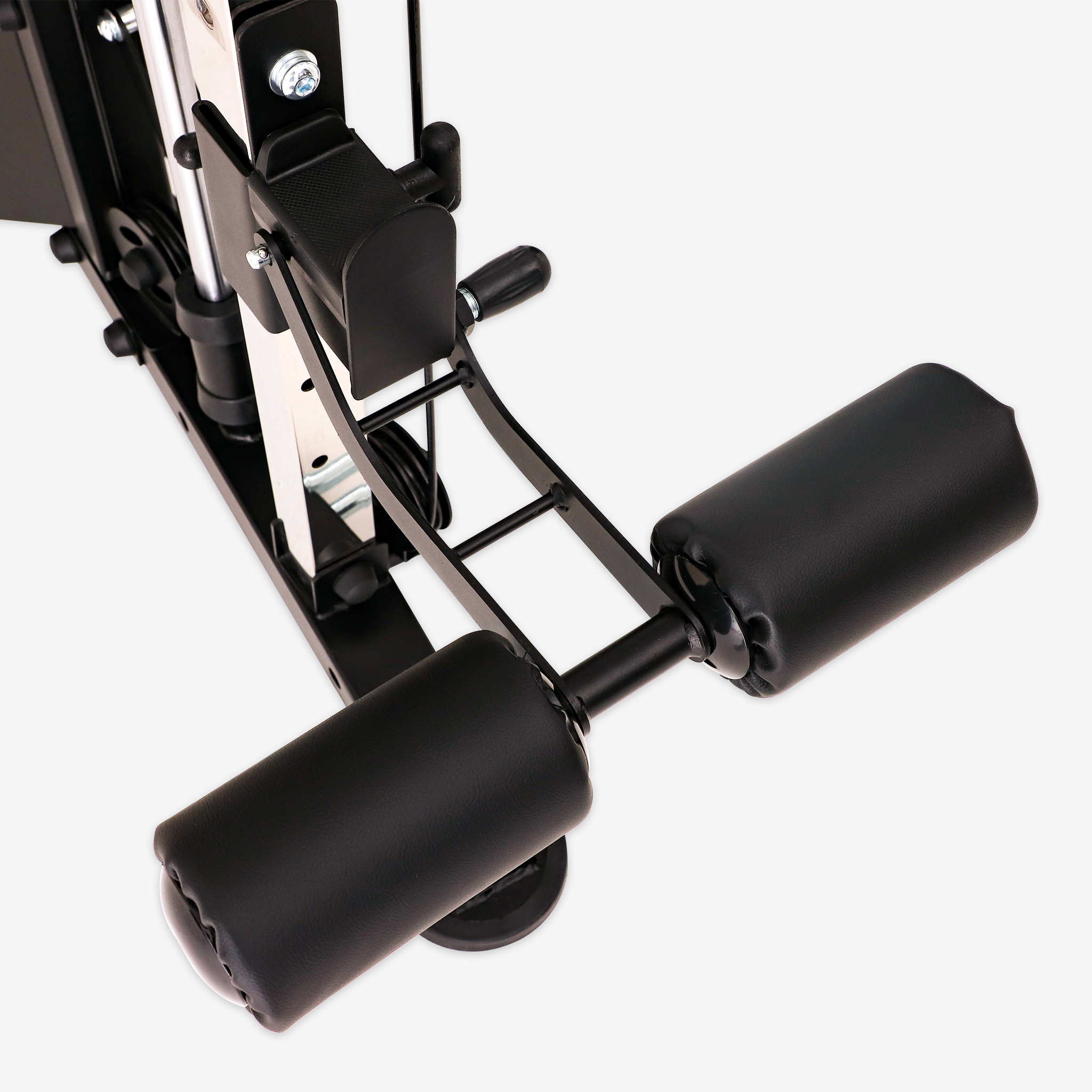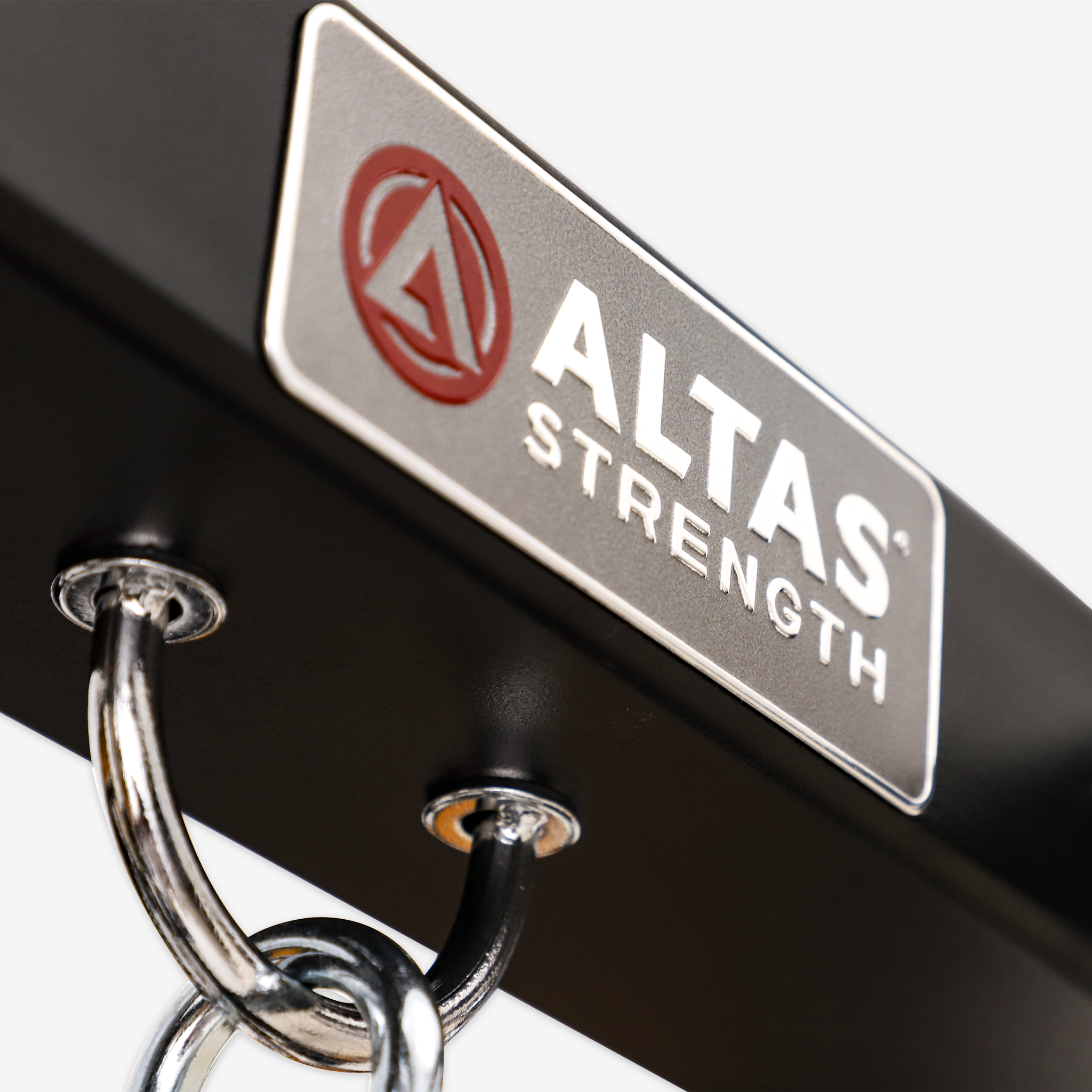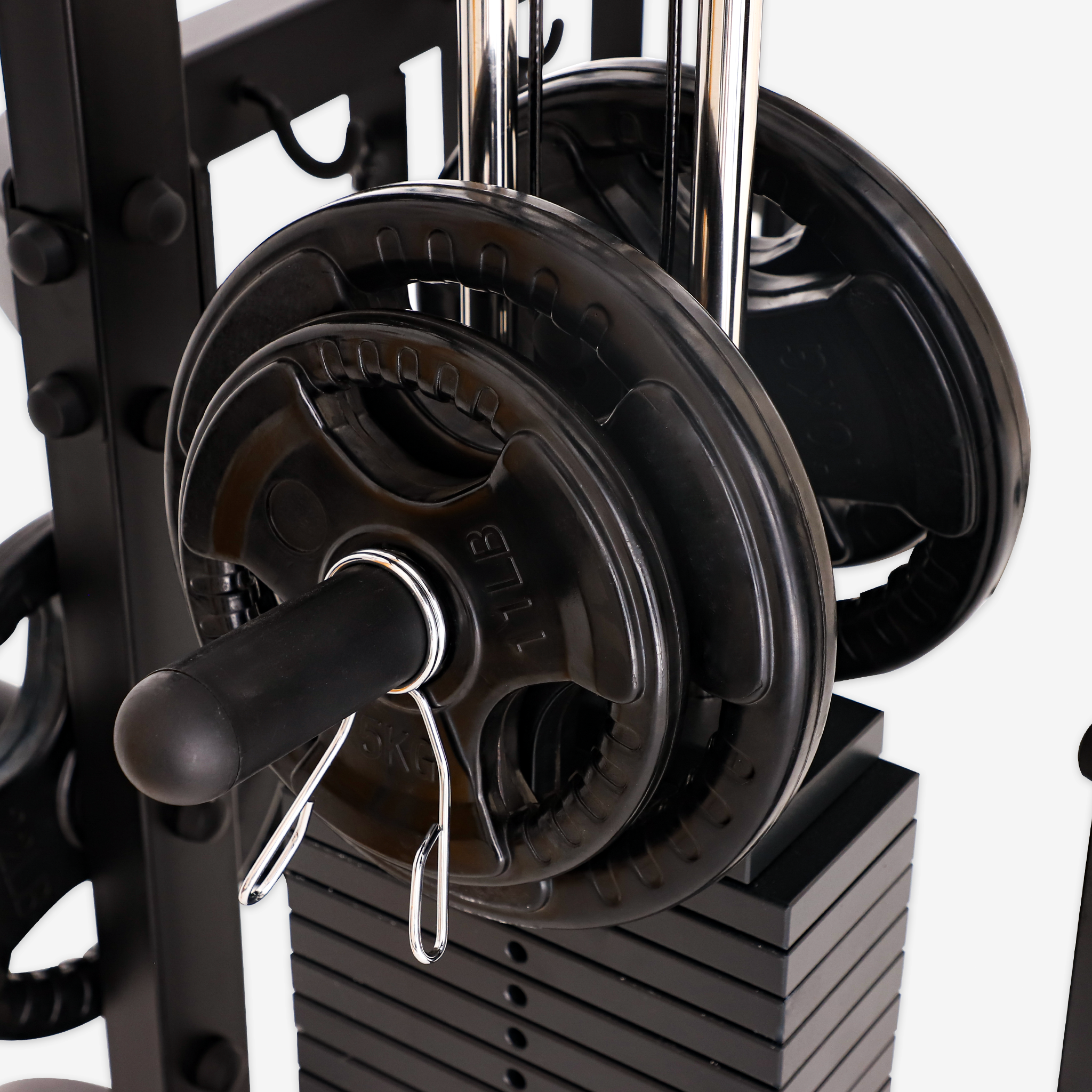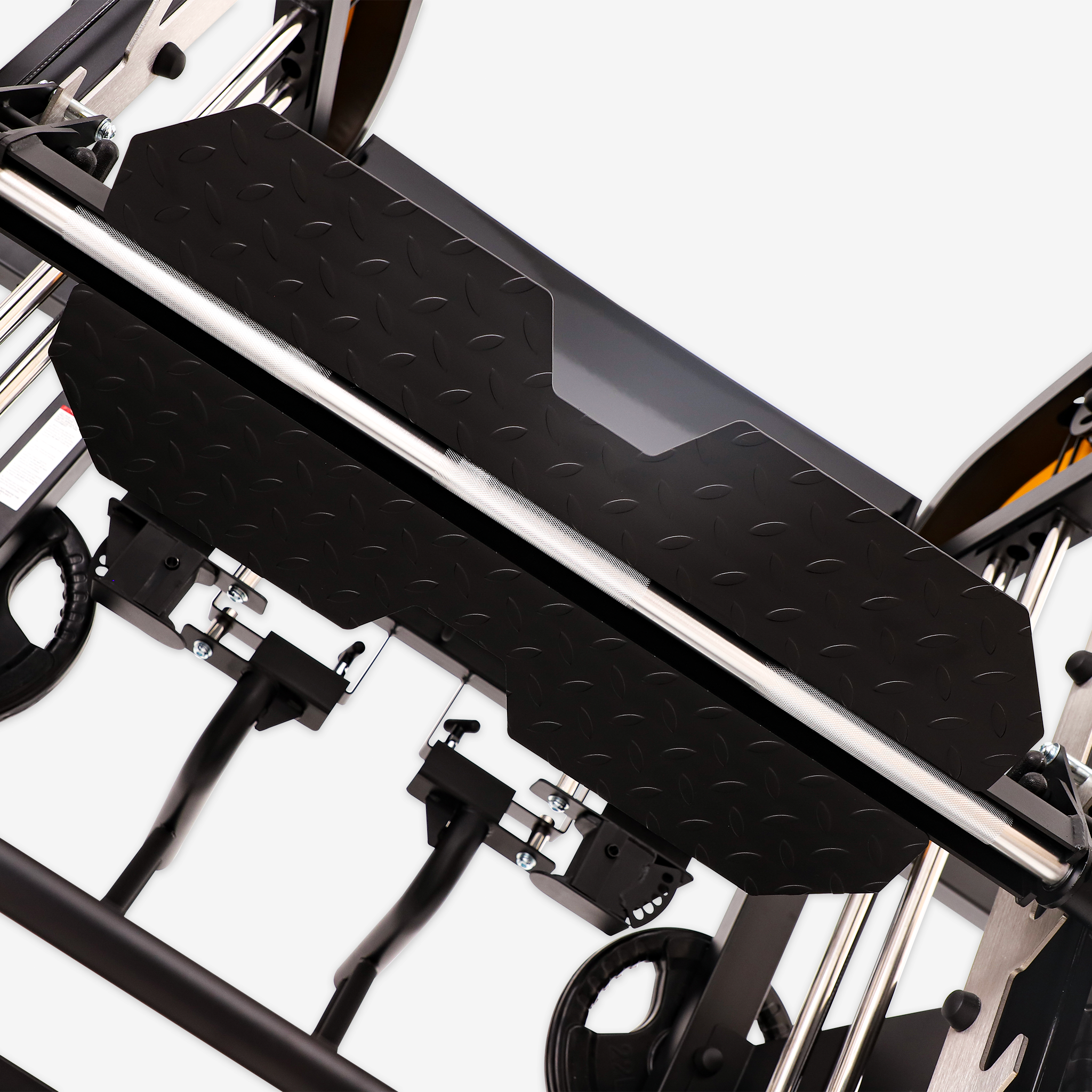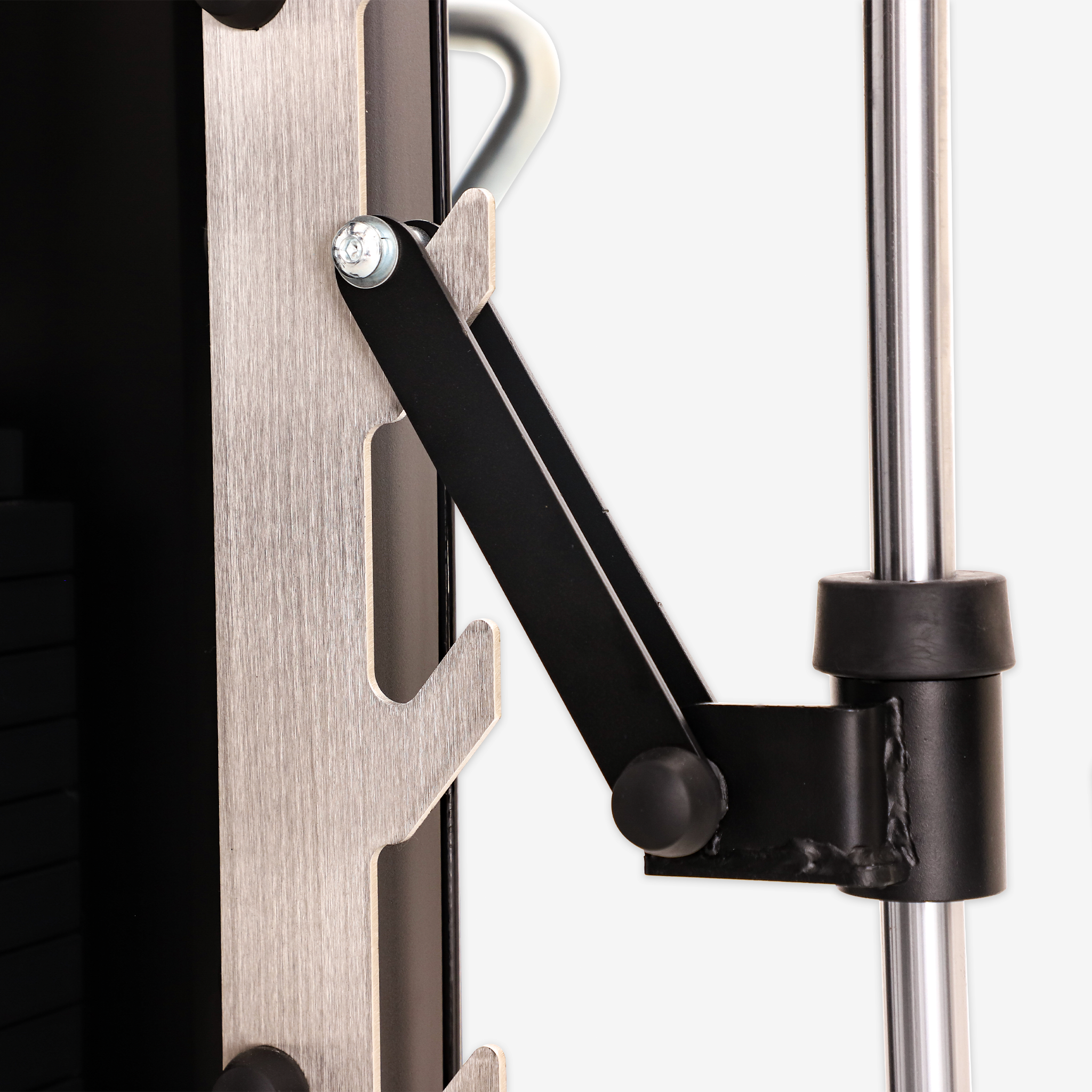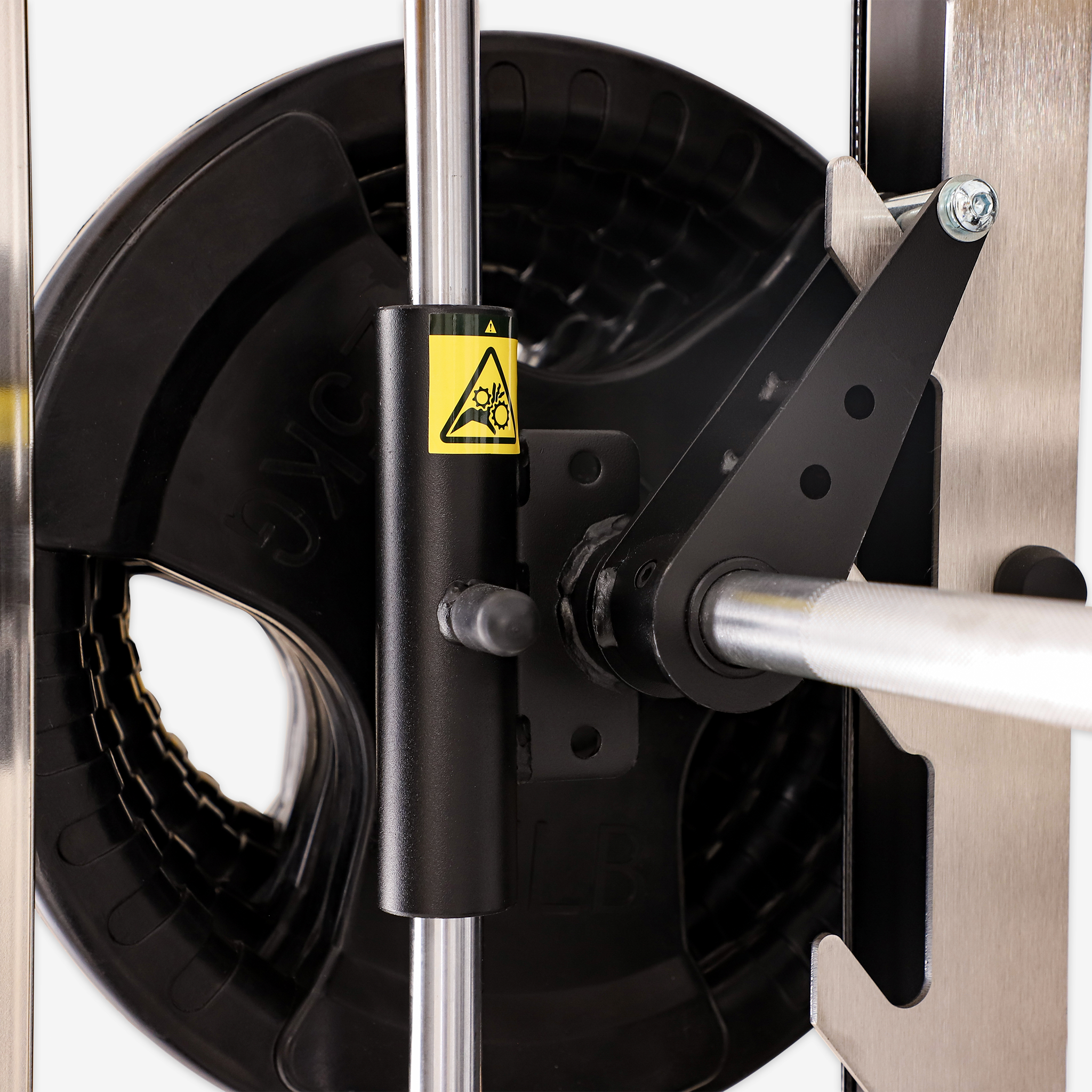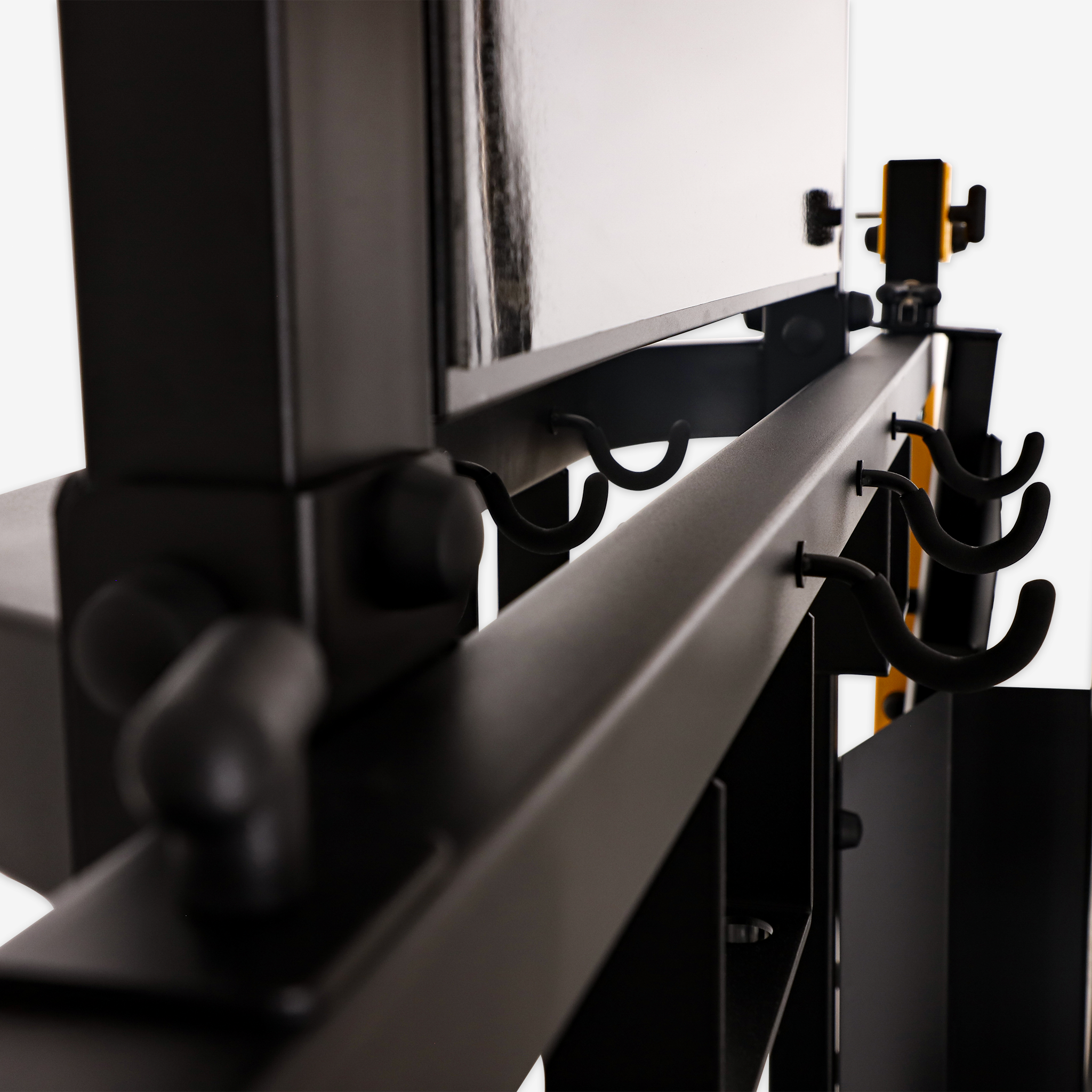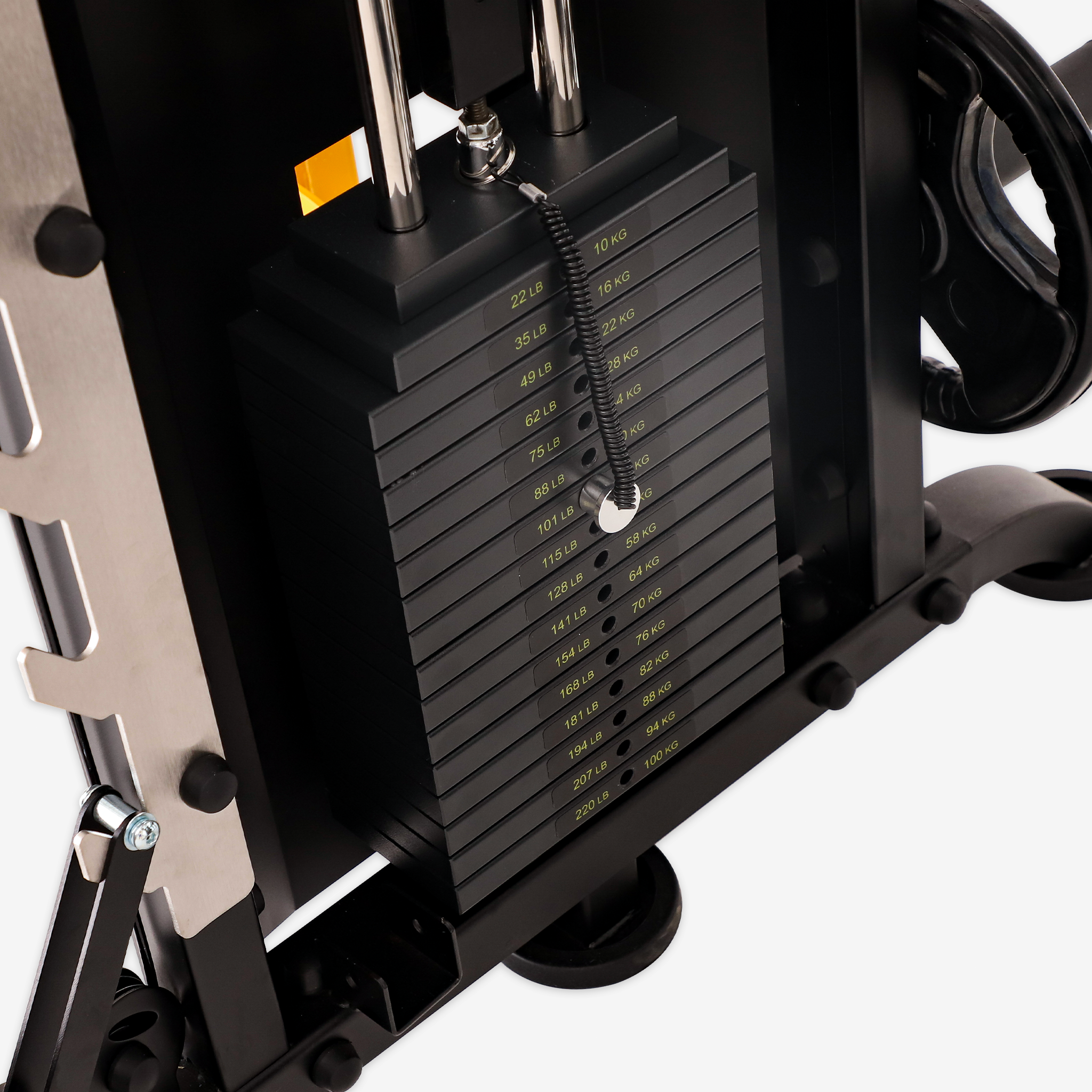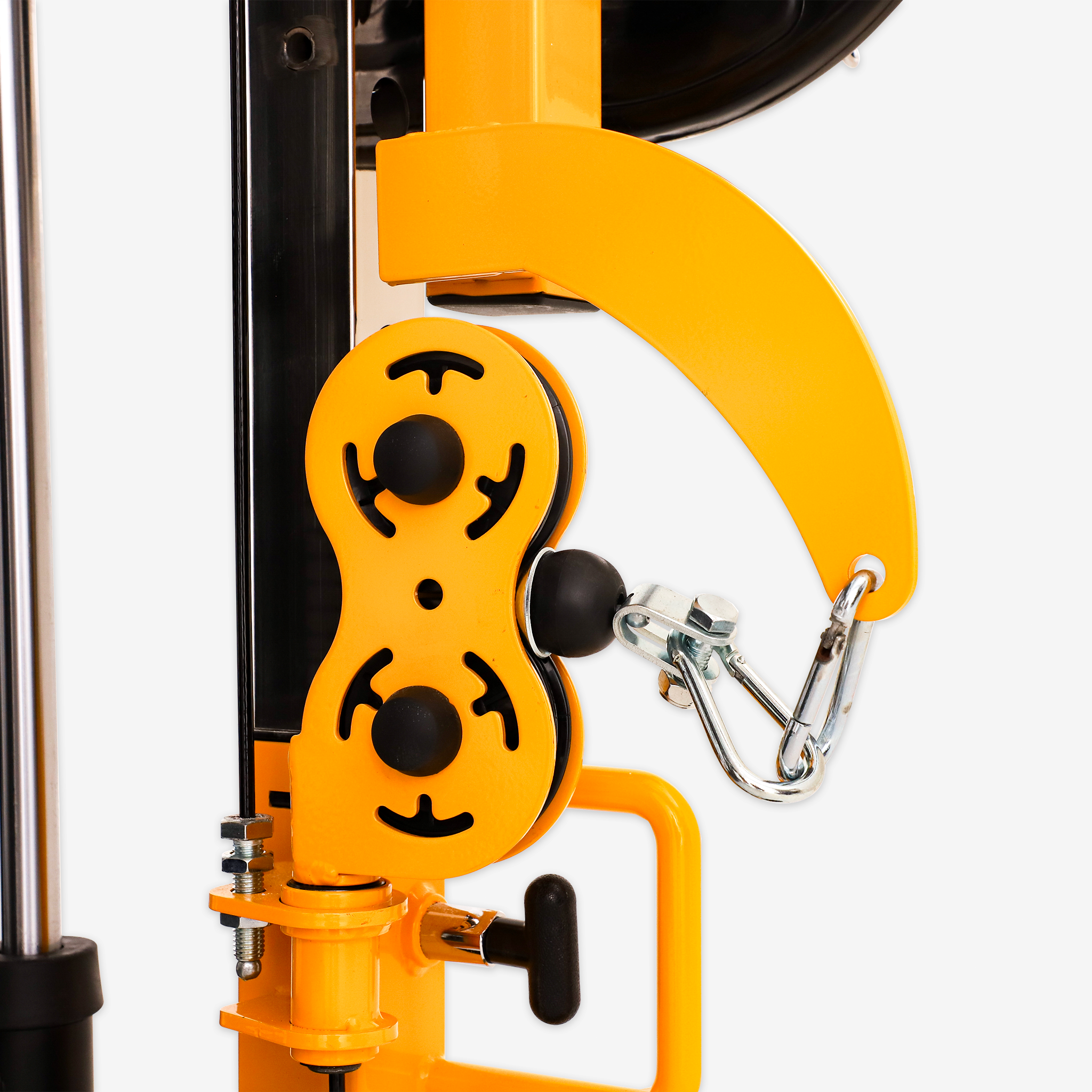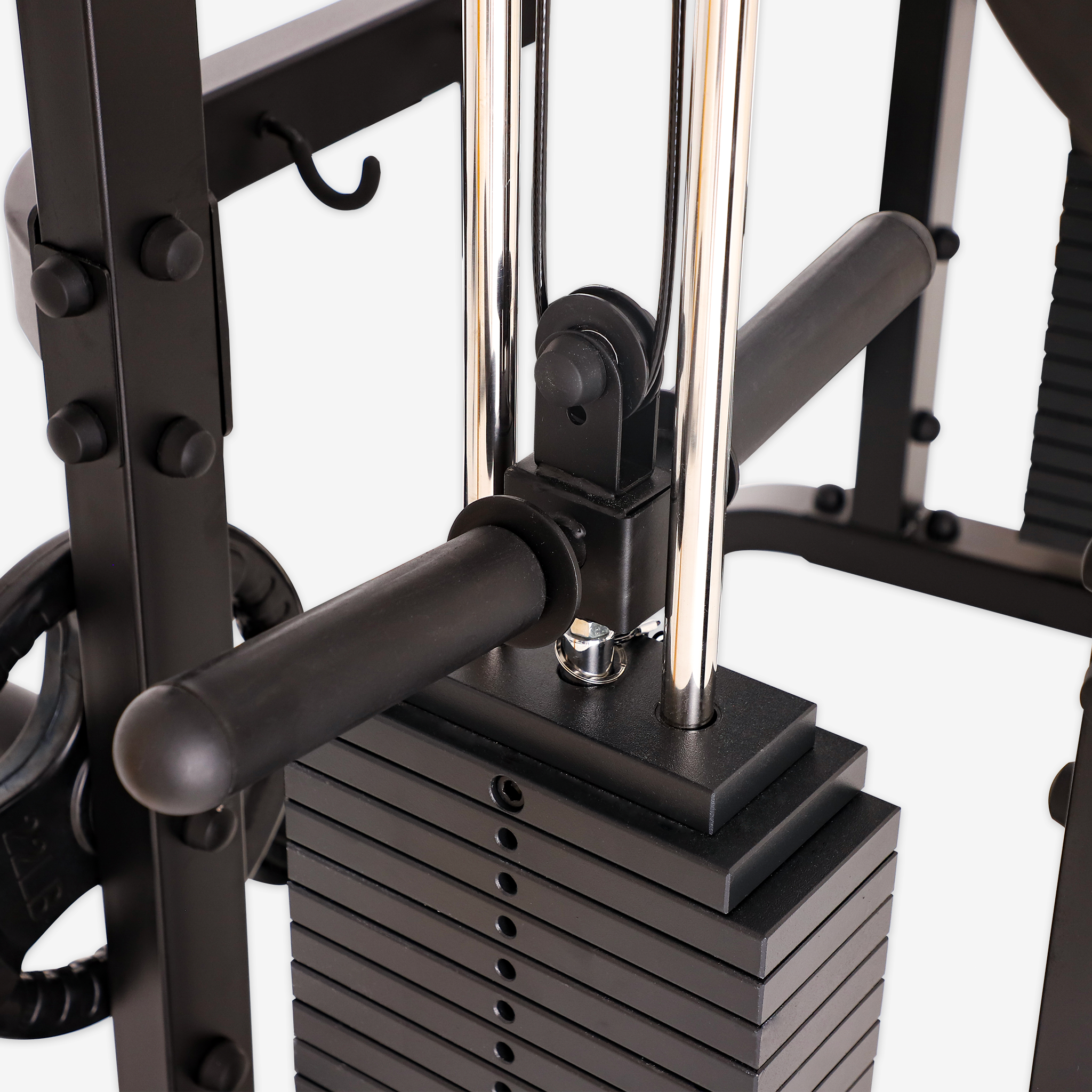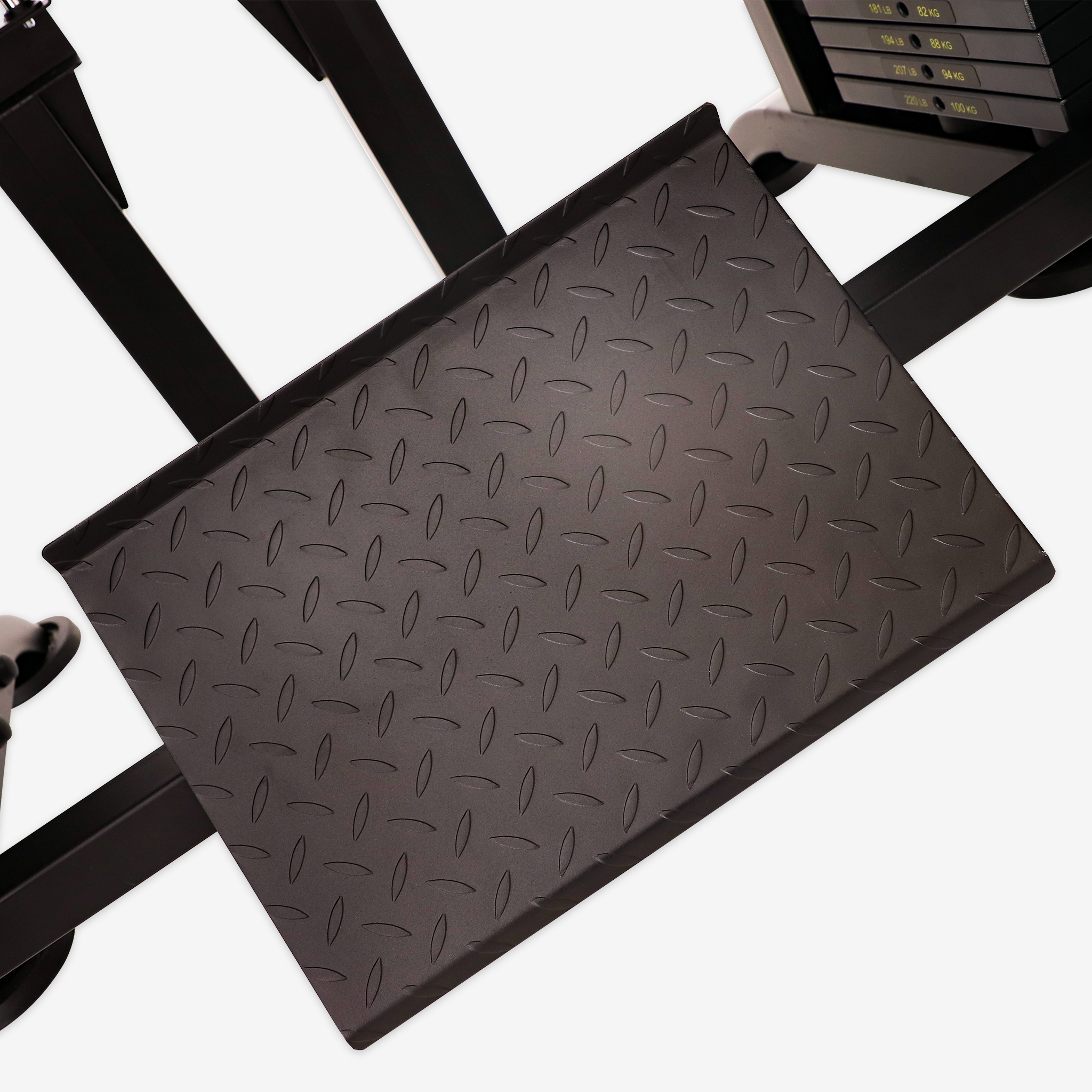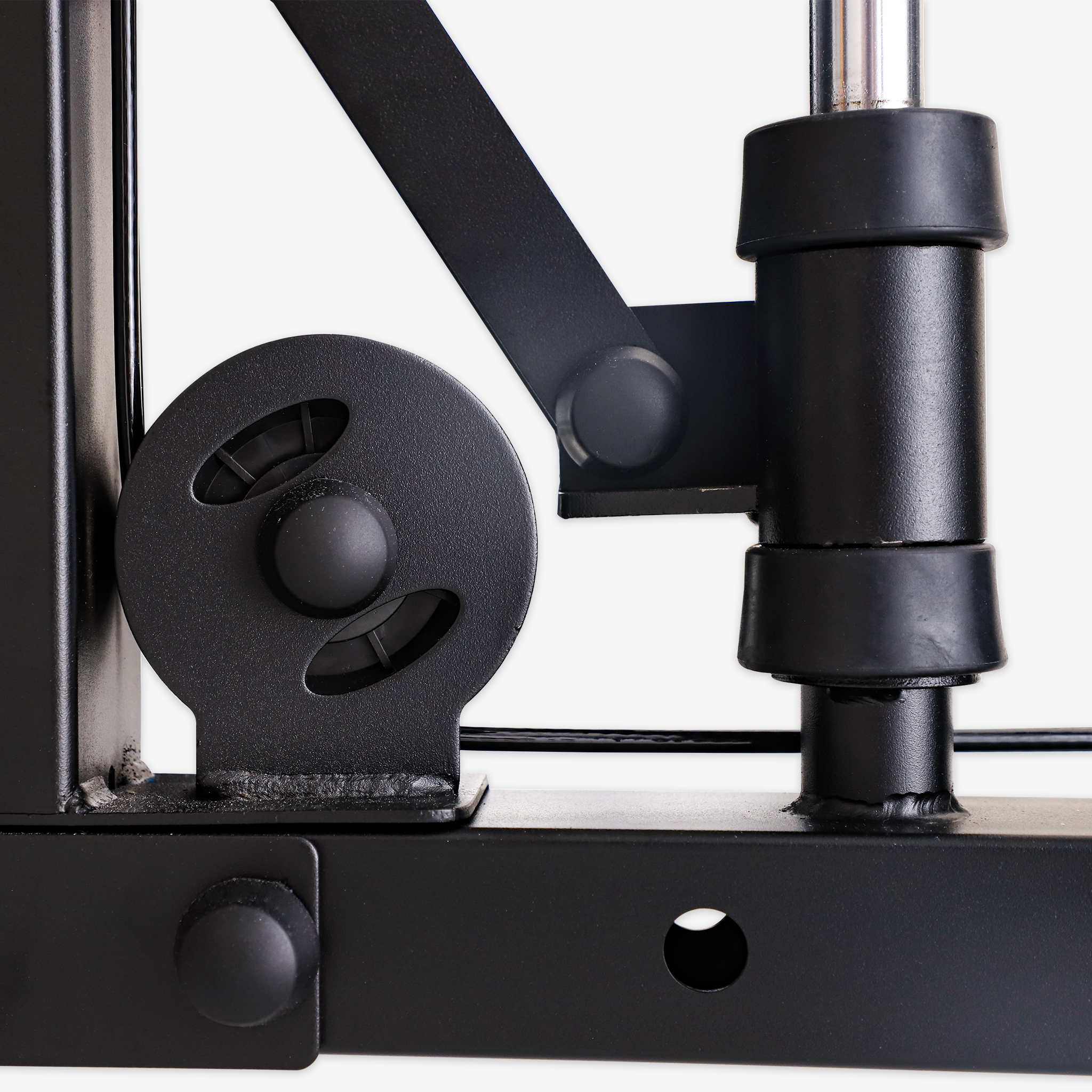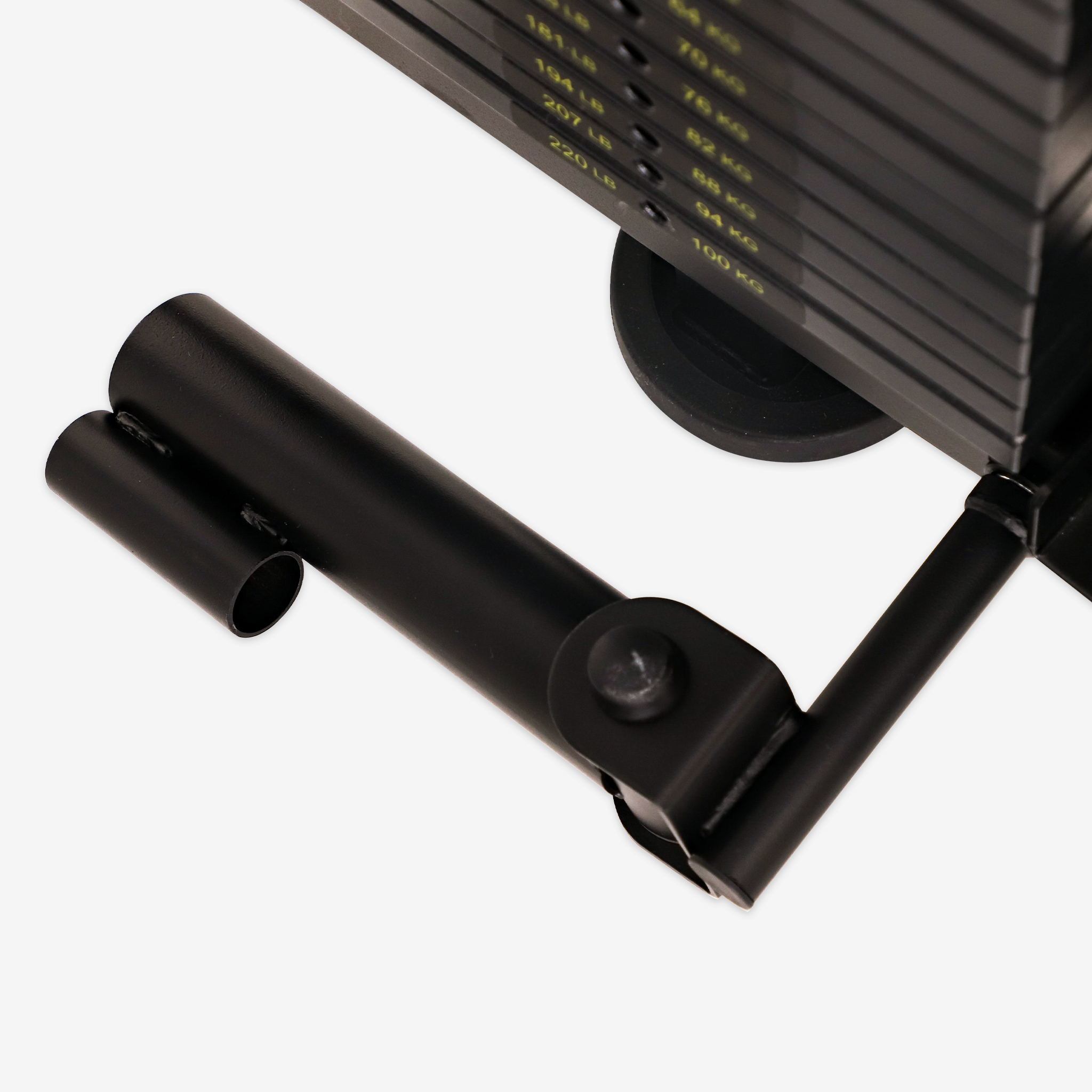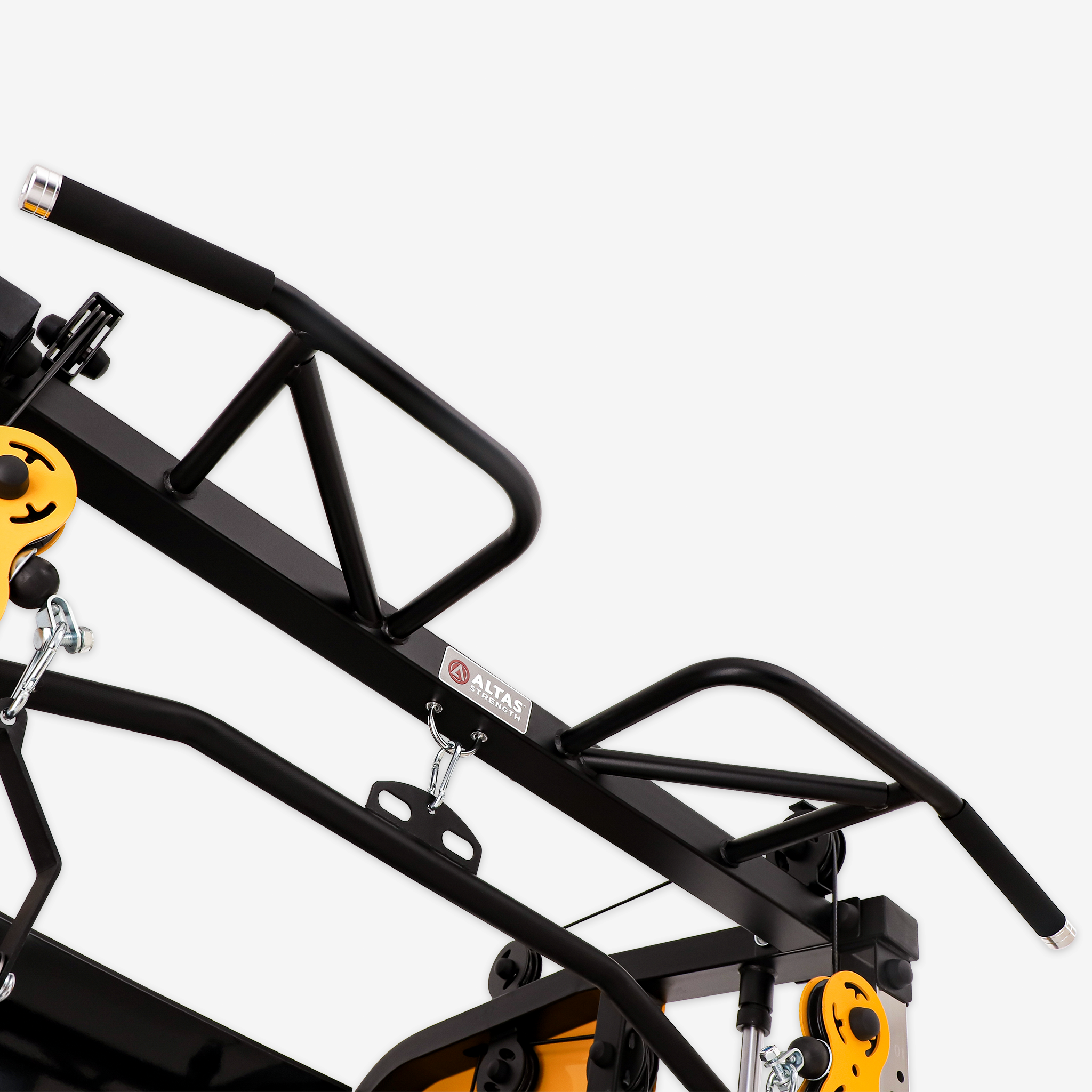Leg developers have become increasingly popular in modern fitness, not only in home gyms but also in commercial and rehabilitation settings. These machines are designed to target the lower body’s largest and most critical muscle groups — the quadriceps, hamstrings, glutes, and calves. This article explores the science, functionality, benefits, and usage of leg developers for fitness, injury prevention, and performance improvement.
I. The Science Behind Leg Developers
According to the American College of Sports Medicine (ACSM), consistent lower-body strength training improves endurance, balance, neuromuscular coordination, and joint health. Since the legs carry the body’s weight and provide mobility, strengthening them has a significant impact on overall fitness and quality of life.
Neural adaptation plays a key role in early strength gains. This means the nervous system becomes more efficient at activating muscles. Over time, hypertrophy (muscle growth) takes over as the primary adaptation. Leg developers support both stages by allowing users to isolate and contract specific muscle groups in a controlled, safe environment.
II. Key Features of Leg Developers
Whether you're using a leg extension and curl attachment on a bench or a standalone machine, most leg developers offer a combination of the following:
- Adjustable Resistance: Users can customize the intensity level with weight stacks, plates, or resistance pins, adapting workouts to different fitness goals.
- Safety and Stability: Supportive pads, secure grips, and guided movement reduce injury risk while improving training form.
- Multifunctionality: Some machines allow both leg extensions and hamstring curls, and even inner/outer thigh movements or calf presses.
- Compact and Home-Friendly: Models such as the Altas Strength leg developer attachments are designed for easy integration into home gym systems, optimizing both performance and space.
III. How to Use a Leg Developer Correctly
To get the most out of your leg developer, follow these basic steps:
1. Warm-Up
Engage in 5-10 minutes of light cardio or dynamic leg stretches to increase blood flow and prepare muscles for exercise.
2. Adjust the Machine
Set the seat height and back support so that your knees align with the pivot point of the machine. Adjust the footpad so it rests just above the ankles. This ensures a safe and biomechanically correct movement.
3. Select an Exercise
- Leg Extension: Targets the quadriceps. Extend your legs outward from a seated position.
- Leg Curl: Works the hamstrings. Curl your heels toward your buttocks while lying face down or seated.
- Hip Adduction/Abduction (if applicable): Trains inner and outer thighs.
4. Control the Intensity
Start with a moderate resistance. Perform 2-4 sets of 8-12 reps, 2-3 times per week. For strength, use heavier loads with fewer reps; for endurance, use lighter weights with more reps.
5. Post-Workout Cool Down
Stretch the quads, hamstrings, glutes, and calves to promote recovery and reduce delayed onset muscle soreness (DOMS).
IV. The Role of Leg Developers in Fitness and Rehabilitation
1. Enhance Lower Body Strength and Power
Leg developers isolate key muscle groups more efficiently than many compound free-weight exercises. Strengthening the quads, glutes, and hamstrings leads to better squats, deadlifts, running mechanics, and jumping ability.
2. Injury Prevention
By building strong muscles around the knees, hips, and ankles, leg developers help stabilize joints and reduce the risk of ACL injuries, strains, and sprains.
3. Improve Balance and Coordination
Stronger legs improve proprioception — the body’s sense of position in space — leading to better control, especially in athletic performance and aging populations.
4. Support Cardiovascular and Circulatory Health
Leg exercises stimulate circulation and help reduce risks of lower extremity disorders such as varicose veins and peripheral artery disease.
5. Critical in Rehabilitation
After injury or surgery, leg developers allow progressive loading of muscles through controlled resistance. They’re frequently used in rehab for conditions such as post-fracture recovery, joint replacement, and stroke-induced hemiplegia.
Advanced machines, such as those used in professional settings, offer electronic feedback and automatic resistance adjustment to support rehabilitation outcomes based on muscle response.
V. Choosing the Right Leg Developer for Your Gym
When selecting a leg developer for your home gym or training facility, consider the following:
- Space and Functionality: Machines like the Altas Strength AL-6005B Sissy Squat Bench or integrated leg extension benches are compact yet effective.
- User Needs: Is the machine for rehab, strength training, or general fitness? Choose accordingly.
- Adjustability: Look for adjustable pads, multiple exercise modes, and compatibility with other equipment.
- Durability: Ensure high-quality steel frames, cushioned rollers, and long-lasting finishes for commercial-grade performance.
Conclusion
Leg developers are among the most efficient, safe, and effective fitness tools for enhancing lower body performance. They promote muscle strength, protect joints, support rehabilitation, and contribute to a balanced fitness routine. Whether you're a seasoned athlete, fitness beginner, or recovering from injury, leg developers offer targeted benefits that elevate your training results.
Upgrade your fitness journey today with high-performance leg developer machines from AltasStrength.com. Discover how smart engineering meets strength science in equipment designed for real results.

